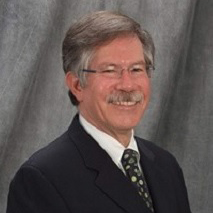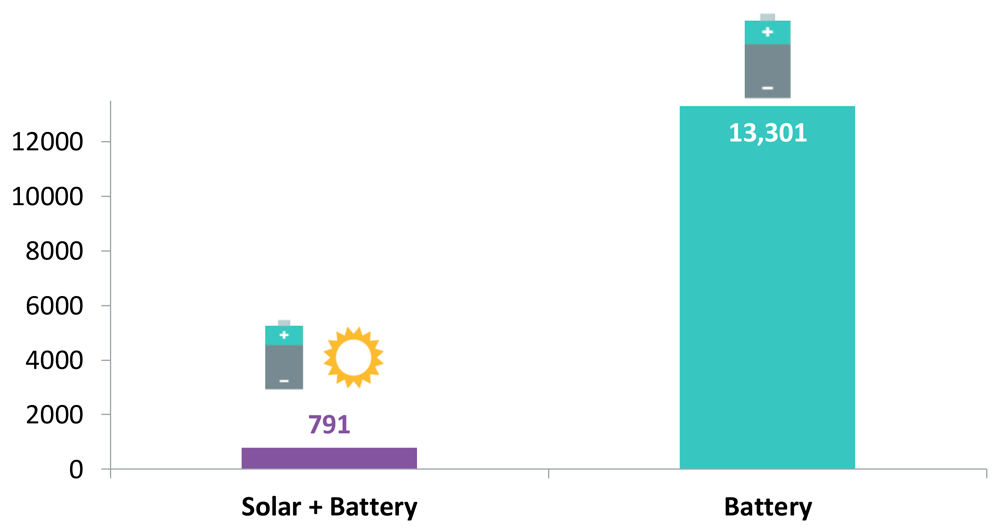COHOES, N.Y. — A small upstate city is awaiting the final permit to build a pioneering solar array on its reservoir.
The 3.2-MW “floatovoltaic” project, three years in the works, apparently will be the first in the nation owned and operated by a municipality and apparently the first floating array of any kind in New York state.
The financials look very good at this point: The city has obtained multiple grants to help cover the estimated $6 million price tag, and solar panels’ electrical output is expected to far exceed the city’s consumption, zeroing out an electric bill that now exceeds $600,000 a year.
Even the notoriously slow process of interconnecting with the grid is complete.
“We were through the interconnection process with the utility six or seven months ago,” City Planner Joe Seman-Graves told NetZero Insider last week.
The last remaining hurdles are approval from the state Department of Health for modifying a public drinking water supply and a dam permit from the state Department of Environmental Conservation, the latter because the square reservoir is formed by earthen embankments.
The array will be held in place by 90 anchors placed in those embankments, which are a century old and hold back 50 million gallons of water on a hilltop residential area.
Why Rent When You Can Own?
Seman-Graves said the idea began to form in city leaders’ minds when one energy service company after another pitched the city on electricity-saving projects.
The reaction, he recalled, was: “If they’re looking at this and making money, how can we do it?”
Cohoes opted to undertake by itself the LED streetlight project that ESCOs were pitching. It issued bonds to cover the upfront cost of the lights and several other green projects.
Three ESCOs independently pitched nearly identical figures for savings with the LED lights — $9 million in 20 years, which Seman-Graves thought was a bit high. He recalculated the numbers, factoring in zero inflation over the two decades, and they still yielded savings.
Just as important, the bond served as equity to leverage millions more in grants for everything from smart city technology to historic preservation.
Then the city considered solar power, to eliminate the electrical bills altogether.
Ground-mounting a solar array was not an option. Cohoes is only 4 square miles. Part of that is under the Mohawk River, and most of the rest is occupied by homes and industrial facilities.
The only one of three city reservoirs still in service was the best option.
Cohoes did not initially look to become a solar owner-operator, Seman-Graves said, but it could not find a developer willing to be a pioneer on floating solar.
“So we said, hey, why not own it?” he said.
Long but Productive
That was a little more than three years ago. Creating a model for a first-of-its kind project dragged out the schedule for Cohoes, but it also provided time to find technical and financial assistance.
Nearby Rensselaer Polytechnic Institute helped the city with some of the research, demonstrating the project’s value proposition. Also assisting was the National Renewable Energy Laboratory, which has estimated there are 24,000 manmade bodies of water nationwide that could host enough floatovoltaics to meet 10% of the nation’s electricity needs.
Working in Cohoes’ favor as it sought funding was its status as a low- to moderate-income community. The per-capita income of its 18,000 residents is 19% lower than nationwide, and the city’s poverty rate is 39% higher.
In March 2022, the city’s representative in Congress — Democrat Paul Tonko, a former president of the New York State Energy Research and Development Authority — announced a $3 million federal allocation for the floating solar array as a demonstration project.
Two months later, National Grid committed $750,000 in economic development funding.
So the city already has about half the project budget in hand. It has spent $400,000 on design and $250,000 on interconnection costs.
New York’s NY-Sun program will provide additional assistance, as will the federal Inflation Reduction Act, although Seman-Graves has not yet fully researched the details of the latter.
The cost was estimated at $6 million three years ago; some components are more expensive now, and some are less. The city will get a firm price tag after it seeks bids, which it hopes to do this summer, after the DEC permit is in hand.
The lead time is as much as 50 weeks on some components, pushing installation back to summer 2024. But once it finally starts, construction should be straightforward, taking only five to six weeks, Seman-Graves said.
The panels will cover about half of the water surface and are projected to generate 4.153 GWh per year. The city needs only 60% of that to power municipal operations and may provide the remainder to the school district.
The site is secure, behind a chain link fence, and because of the embankments, the panels will be invisible from street level, averting the aesthetic complaints often leveled against large solar installations.
“We have people who don’t even know [the reservoir is] there; people think it’s a hill,” Seman-Graves said.
There is more concern about water quality than about aesthetics, he added. The water in the reservoir is not pristine: It is pumped directly from the Mohawk River to await treatment at the city water plant, next door.
NREL has talked about potentially placing a few ground-mounted solar panels on the site, Seman-Graves said. Floating solar is believed to have potential efficiency advantages over ground-mounted solar because the water can cool the panels and reflect sunlight at them.
Co-locating the two types of panels in Cohoes, he said, would provide comparative performance data that is lacking in the U.S., which has lagged behind other countries in developing floatovoltaics.
To get a sense of the process and mechanics, Seman-Graves visited the 8.9-MW Canoe Brook floating solar array while it was under construction in Short Hills, N.J. That site officially went online last week as the largest in the nation. The previous largest floating solar array in the U.S., a 4.4-MW facility in Sayreville, N.J., was already complete by the time Cohoes began its own process in earnest.
Also assisting Cohoes with the formative stages of the project were RETTEW, its contracted design firm; US Floating Solar, which gave guidance on the early iterations; the DEC and NYSERDA; the University at Albany’s Atmospheric Sciences Research Center; and the Capital District Regional Planning Commission.
 Bob Kahn, TMPA | TMPA
Bob Kahn, TMPA | TMPA
